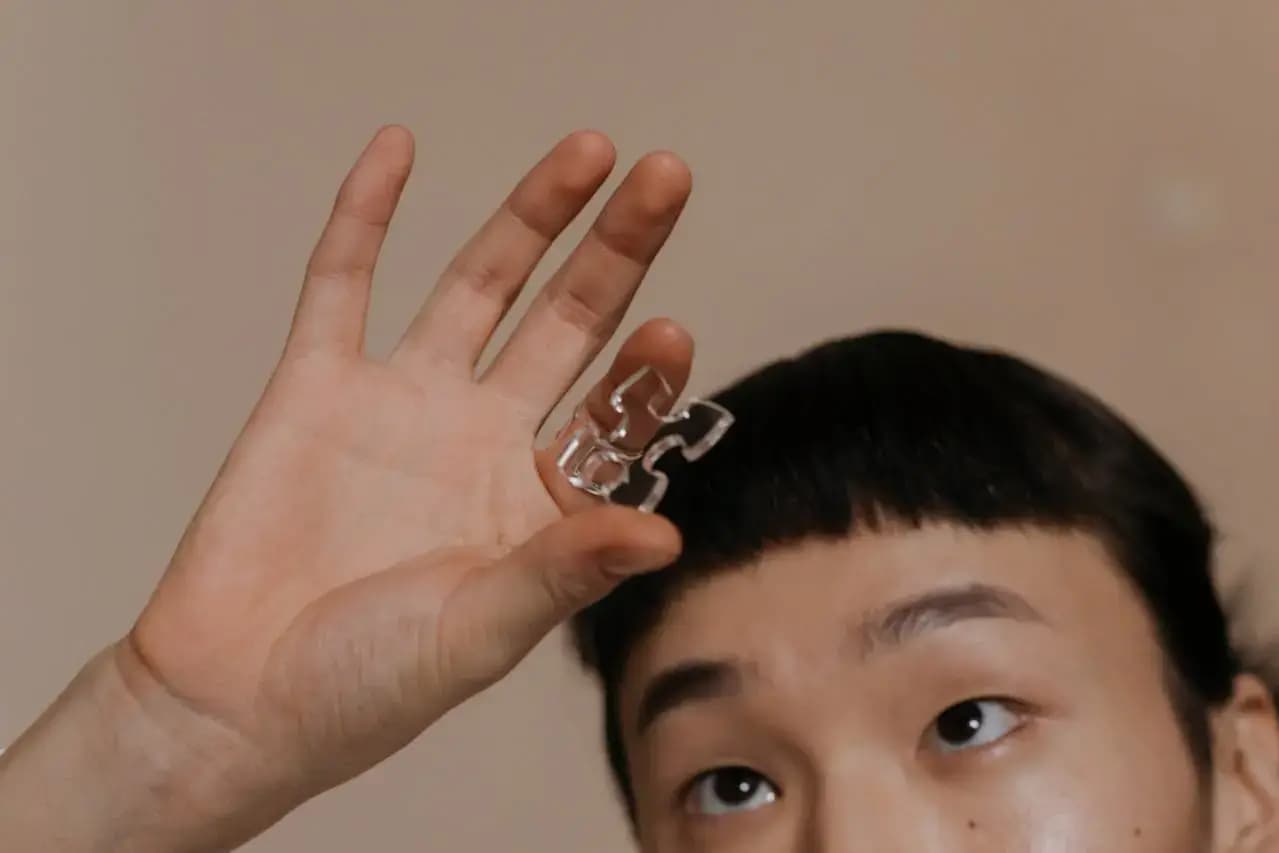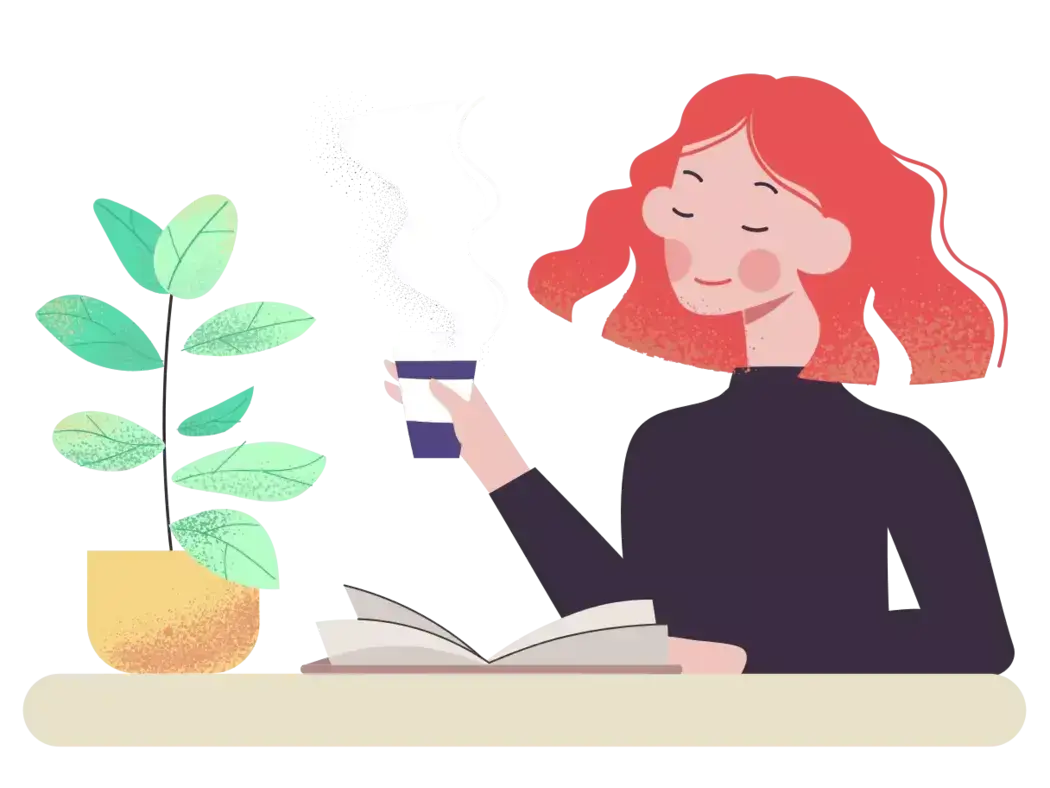
Test your business idea | The 7 most well-known ways
Test your business idea using simple methods to validate your project, minimize risks, and maximize your chances of success.

Are you considering a transition to UX designer? UX design, which emerged with the rise of digital technology, is a rapidly growing profession. According to a study by BFMTV, there are nearly 85,000 unfilled positions in the digital sector, representing an excellent opportunity for professional retraining. That’s why, at Weepo, as an umbrella company specializing in tech professions, we provide you with the key steps to become a UX designer. From the tasks of the UX designer to salary, training, and the concept of user experience, discover the 7 steps to transition into UX design.
The UX designer is a contraction of user experience. Thus, the role of UX design is to improve the experience of users of a website, application, or software by creating an intuitive navigation path. Among its main tasks are:
The UX designer profession requires technical skills such as proficiency in graphic design software (Adobe suite) or prototyping tools (like Sketch).
Beyond technical mastery, the UX designer must possess strong human qualities to gather user feedback, demonstrate creativity, curiosity, and adapt accordingly.
To facilitate your transition into UX design, consider analyzing your past experiences. If you have previously worked in digital professions such as web design, web marketing, or if you have been a project manager, you may already possess some qualities of a UX designer.
Trace your previous career and conduct an assessment of all your acquired soft skills. This will allow you to compare your skills with the required qualities mentioned above and thus identify your areas for improvement to enhance your skills.
Additionally, check out our guide to successfully transition into digital.
Once you have completed your skills assessment, it’s time to find the right training to transition into UX design. Generally, a BAC+3 level training is highly recommended. Among these, we find:
💡Good to know: it is possible to directly join the second year if you have already obtained a degree in digital or if you have professional experience in the field.
If you are aiming for team leader or manager positions, you can consider training at the BAC+5 level:
If you are already a multimedia designer or project manager, you can consider diploma training offered by private training organizations. The advantage is that they are taught remotely and you can learn at your own pace.
💡Good to know: you can finance your training through approved schemes like the CPF (personal training account), conventioned training actions (AFC)… Check with France Travail for more information.
Once you have completed your training, you will need to build your ideal UX designer profile and find your positioning to stand out from the competition. To do this, you need to create your own definition of UX: do you want to focus solely on the digital interface, or do you prefer to consider the overall experience of a website?
Clarify your motivation and share your ideas with those around you. Based on the feedback received, revise your goals, your pitch, and thus build a solid transition project.
To solidify your positioning, consider building your portfolio by selecting your most relevant achievements. The goal is to reflect your capabilities in the field. If you haven’t secured any projects yet, you can offer your services to volunteer organizations, for example, which will allow you to include some achievements in your portfolio.
Once you have found your positioning and your offer, refine your applications to spark the desire to hire you. Accompany them with a UX designer CV and a compelling cover letter. Apply to a maximum of job offers to increase your chances. Consider building a professional network to stay informed about job offers, new opportunities, and references in UX design to follow.
💡Good to know: if you are considering transitioning to UX design as a freelancer, think about the alternative of wage portage with Weepo, our umbrella company focused on tech and digital professions.
To maximize your chances in a job interview, challenge yourself with use case scenarios. Start from a situation you know well and create a use case scenario from A to Z. This not only allows you to confront the reality of the field but also serves as an example to present in the interview.
Concrete example of a use case:
Imagine modeling the user journey around a running application.
The scenario can trace the experience of a user who downloads the app, creates an account, starts their first run, tracks their performance, and progresses over time.
⇒ At each step, we identify their needs, emotions, potential frustrations, and imagine improvements.
With this type of use case, you demonstrate your ability to understand user expectations and propose solutions to facilitate their daily lives. This is what every UX designer recruiter is looking for.
As with any traditional job interview, don’t forget to prepare the fundamental elements, namely:
The final step in your transition is to negotiate your salary. Define your salary based on the remunerations in your sector and the company that hires you.
💡Good to know: the average salary of a UX designer is around €42,000/year, or about €3,000 per month.
Keep in mind that your remuneration also depends on any specializations you may have and your experience in digital professions.
You now know the main steps to follow for a successful UX designer transition. Here they are:
To go further, also check out our complete guide on professional transition at 50.


Test your business idea using simple methods to validate your project, minimize risks, and maximize your chances of success.

Discover how to choose your bank as a self-employed entrepreneur, simplify the management of your business, and compare the most advantageous offers.

Discover the 6 essential steps to succeed as a freelance cybersecurity professional: training, legal setup, rates, finding clients, and tips to launch your business with peace of mind.